- Understanding the Concept of Spirit Animals: Their meaning and Significance
- Sacred Bonds: A Journey Through Global Spiritual Animal Traditions
- what is my spiritual animal - Take the quiz
- Connect and Work With Your Spiritual Animal
- Apply Spiritual Animal Wisdom to Daily Life
- Address Myths and Misconceptions About Spiritual Animals
- Animals Appearing In Dreams and Visions
- Conclusion
- FAQ
Have you ever found yourself wondering, “What is my spiritual animal—and does it really mean anything?” Maybe you’ve seen a wolf in your dreams, felt drawn to butterflies, or heard friends talk about animal guides and wondered what’s behind it all.
Across cultures and centuries, people have connected with animals on a deeper level, finding guidance and inspiration in their traits and myths. But with so many words floating around—from “spirit animal” to “animal totem”—it’s easy to get confused, or even worry about choosing the wrong approach.
This article will walk you through the real meaning of spiritual animals, cut through common misconceptions, and help you discover what your own animal ally could reveal about you. Ready to begin your journey? You’ll walk away with new clarity, practical steps, and maybe even a powerful new connection to the world around you.
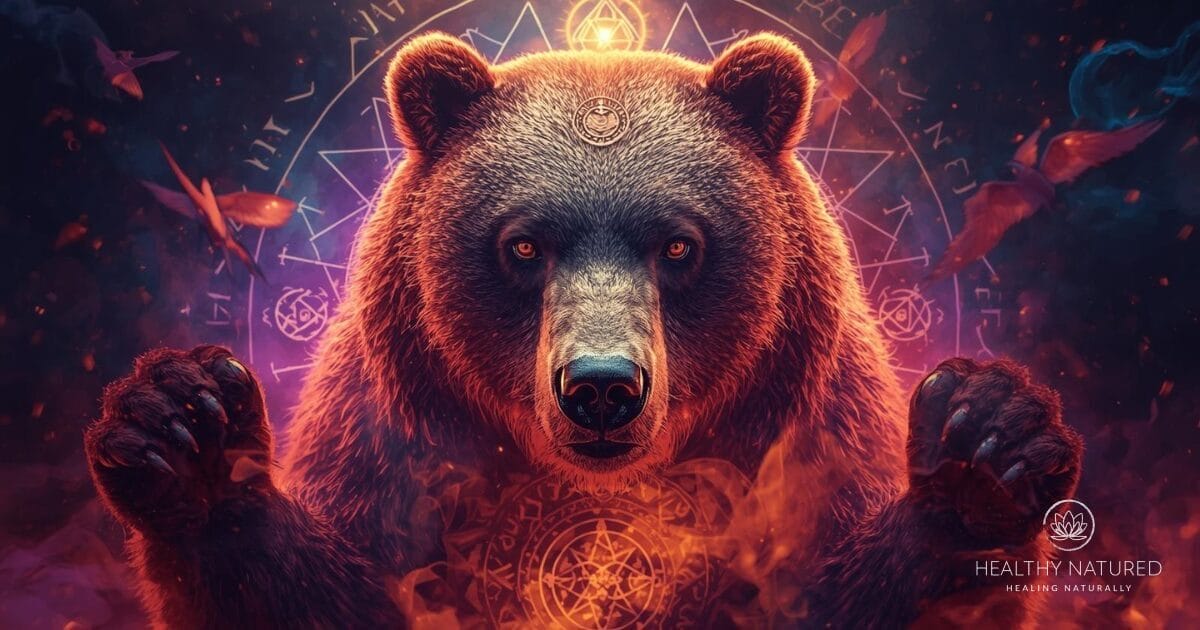
Understanding the Concept of Spirit Animals: Their meaning and Significance
A spiritual animal, also called a spirit animal or animal spirit guide, represents an animal that embodies qualities, messages, or symbolic meaning deeply resonant with an individual’s soul and life journey. These animals, which might include the wolf, eagle, panther, or butterfly, are seen as powerful symbols bridging the wisdom of the animal kingdom with the human psyche.
The term “spiritual animal” is often used interchangeably with “spirit animal,” but there are distinctions. A spirit animal is typically understood as a guiding presence or energetic force—a companion from the spiritual world offering support, guidance, and insight into life’s challenges or the development of personal strengths. In shamanic traditions, the term “shamanic animal guide” refers to specific animal spirits that appear during meditative or ritual journeys, guiding shamans toward healing, answers, and transformation. Meanwhile, an “animal totem” often signifies a collective or ancestral connection, representing the qualities or spirit of an animal as a clan emblem or a source of communal wisdom.
Across cultures, the roles of spirit animals differ. Some traditions see them as guardians or messengers, others as helpers for self-discovery, personal power, or spiritual awakening. Regardless of culture, these animal guides act as reminders of our deep interconnectedness with nature, symbolizing traits or behaviors we aspire to embody or better understand. For example, someone resonating with the owl may seek wisdom, while a person drawn to the lion might value courage and leadership.
Spirit animals are universal—appearing in folklore, religions, shamanic practices, and even dreams or meditative visions. They offer a unique, individual resonance, as every human may encounter different animal spirits reflecting personal life paths. Communing with animal guides is about learning from the animal’s symbolic meaning, observing its behavior, and reflecting on how its lessons apply to your own personal growth and sense of self.
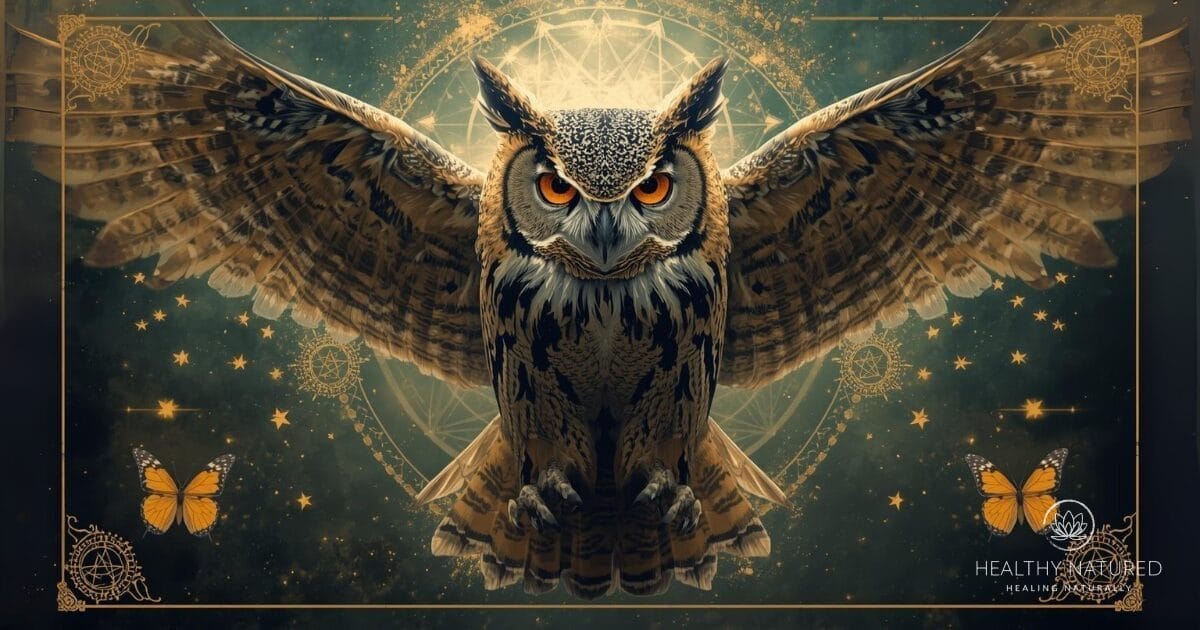
Sacred Bonds: A Journey Through Global Spiritual Animal Traditions
The concept of spirit animals stretches across global traditions, each with its own customs and interpretations. In Native American cultures, spirit animals—often called totem animals—are seen as protectors and teachers, deeply tied to clan identity and ritual practices. Totems can be individual or communal, and the relationship is nurtured through ceremonies, stories, and sacred objects. The wolf, for example, is respected for loyalty and guardianship, while the bear symbolizes strength and courage.
Celtic beliefs celebrate the magical connection with animals as messengers from the Otherworld. Animals like the stag, boar, and raven carry distinct symbolic meanings and are honored in myths, poetry, and ritual. The Celts believed these animal teachers helped guide humans through transitions, offering wisdom and spiritual protection.
In various African traditions, animal spirits appear in folklore, divination, and ancestral veneration. Certain species, such as the lion or elephant, are revered as embodiments of power, authority, or wisdom. Animals serve not only as omens but as spiritual intermediaries—beings who carry messages from the ancestors or the spirit world to the living.
Eastern philosophies, including aspects of Buddhism and Hinduism, also reference animal spirits. The tiger, for instance, stands for sensuality, power, and protection, while cranes symbolize longevity and peace. Eastern practices often emphasize harmonizing with animal energies through meditation or art.
With the growing popularity of spirit animal explorations in modern times, there’s a need to honor the origins and spiritual depth of these traditions. Cultural appropriation—adopting elements without understanding or respect—can be problematic. It’s important to study, approach, and participate in spiritual animal practices with sensitivity, seeking guidance from authentic sources and practitioners when possible.
While Native Americans use the notion of totem animals and power animals to express their relationships, other cultures may focus more on temporary animal allies, omens, or personal guides encountered through dreamwork or shamanic journeying. In every tradition, these spiritual animal teachers help humans deepen their connection to nature, intuition, and inner wisdom, offering guidance that adapts with time, place, and personal experience.
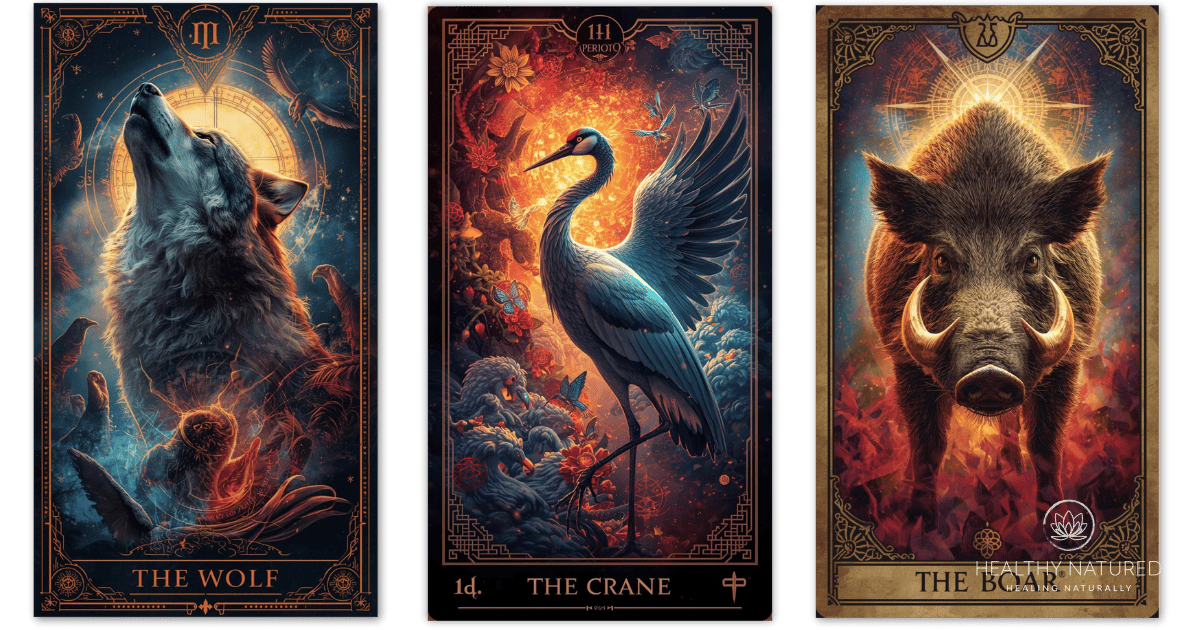
Discover the Meaning Behind Different Spiritual Animals
Every spirit animal carries a distinct energy and message, reflecting traits from the animal kingdom that can help illuminate your own path. Some of the most recognized spirit animals include the eagle, lion, wolf, fox, spider, and butterfly—each offering its own wisdom and guidance.
The eagle often symbolizes vision and spiritual awakening, representing a higher perspective and the power to rise above daily struggles. Wolves embody loyalty, strong intuition, and instinct; many see them as protectors and reminders to trust your instincts. Lions carry the energy of courage, leadership, and heart-centered power, encouraging you to step into your own strength with confidence. The fox is known for its cunning, adaptability, and clever problem-solving abilities, often showing up for those facing transitions.
For many, spiders represent creativity and patience, weaving the intricate webs of one’s life and destiny. The butterfly is perhaps the most universal symbol of transformation and renewal—around the world, the butterfly represents transformation and new beginnings.
It’s important to note that cultures may interpret these animals differently. For example, while owls in some Native American traditions represent wisdom and spiritual guidance, in certain Eastern beliefs they can signal mystery or even caution. Meanwhile, your own intuition or unique life experiences might paint the meaning of a particular animal in a deeply personal light. Exploring which animal spirits you resonate with—whether they’re majestic eagles, playful dolphins, or even the mythical unicorns—opens a doorway to self-discovery and a more soulful connection with nature.
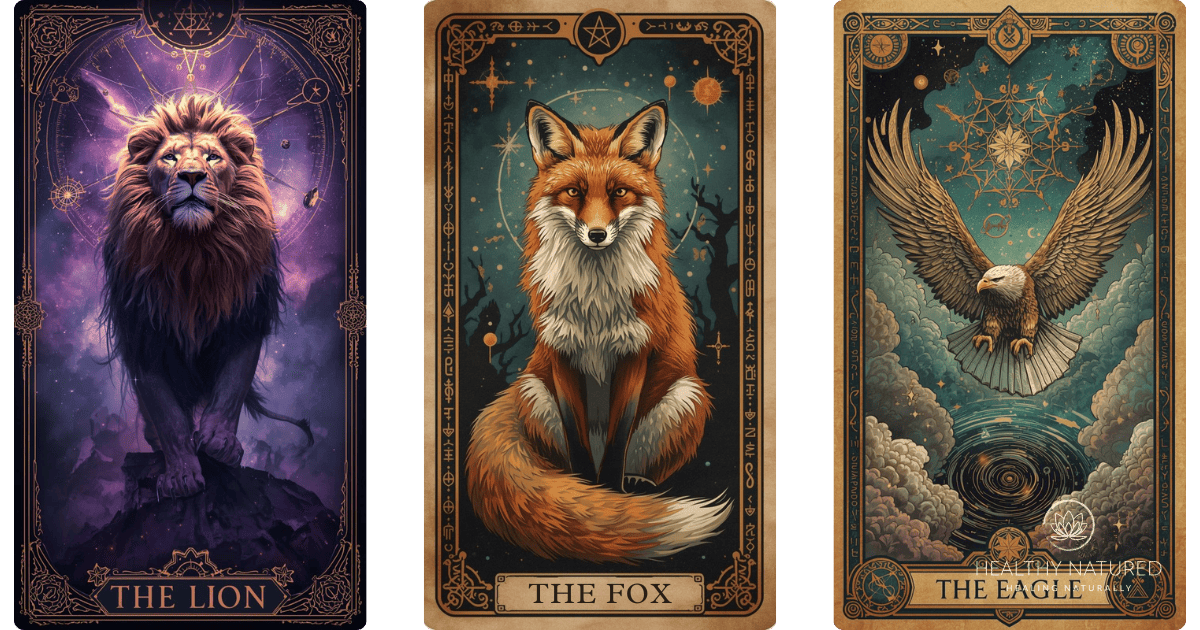
Identify Your Spiritual Animal
Finding your spiritual animal can be a deeply rewarding journey—a process of tuning in, observing, and trusting your own spiritual guidance. Several approaches can help you identify which animal guide is most present in your life.
Meditation is a powerful gateway; by quieting the mind and visualizing yourself in a natural setting, you may find a particular animal coming into your awareness. Dream analysis and journaling are equally valuable. Regularly recording your dreams can reveal patterns, recurring animals, or symbolic creatures that carry a special message just for you.
Practices like mindfulness and self-reflection help you notice repeated encounters with animals—whether in waking life, art, or symbols. If you keep seeing a certain creature, or feel drawn to a favorite animal for reasons you can’t explain, pay attention—your subconscious may be guiding you.
Visualization techniques, where you intentionally invite an animal spirit to reveal itself during a quiet moment, can offer further clarity and connection. To further support your discovery, consider taking a spirit animal quiz designed to align your personality traits and intuitive inclinations with the energies of different animals.
It’s natural to wonder if an animal is a fleeting symbol or a true spirit guide. Genuine animal guides tend to make themselves known repeatedly—in dreams, meditation, or through strong emotional resonance—while temporary or passing animal imagery might not carry the same depth.
Trust your feelings and stay open to the process. Patience, curiosity, and honesty with yourself are key to revealing the animal spirit that can best support your spiritual awakening and personal growth.
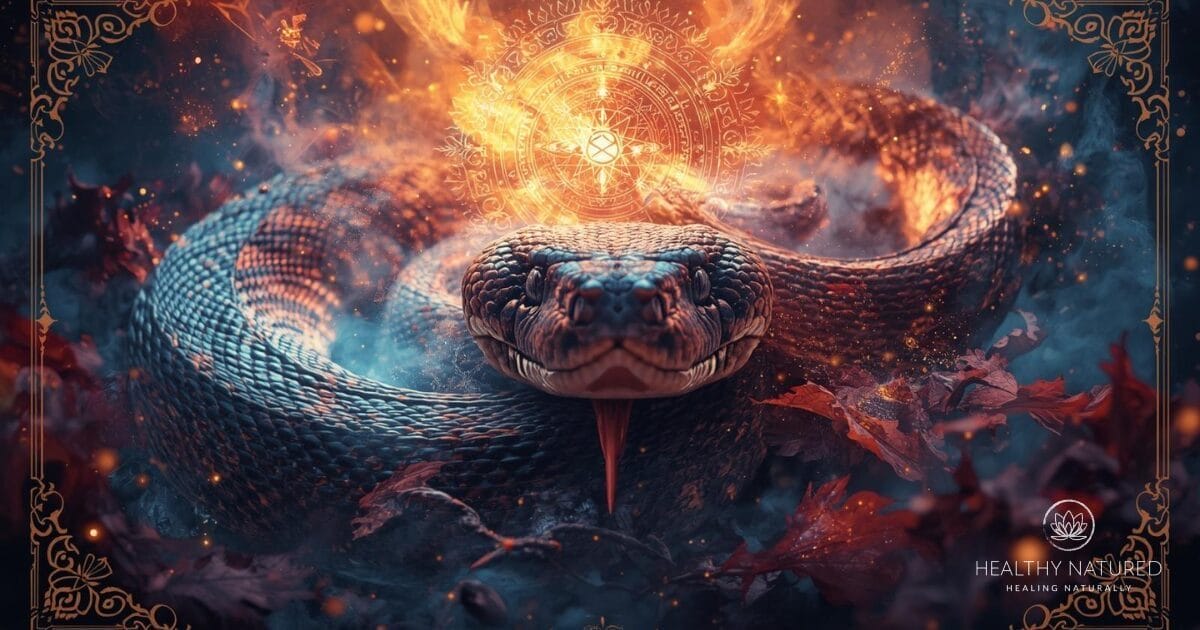
what is my spiritual animal – Take the quiz
One way to identify your animal is to take our quiz. It will help you to gain insight and find out what your spirit animal means for your life. And remember to share the quiz to show others and help them find theirs.
Connect and Work With Your Spiritual Animal
Cultivating a relationship with your spirit animal is a deeply personal, ongoing process—one grounded in intentionality, patience, and trust. Start by setting aside time for meditation; find a calm, quiet environment where you can relax and connect with the energies around you.
A simple visualization exercise might involve closing your eyes, focusing on your breath, and picturing yourself in a natural setting—like a forest or by a river. Invite your spirit animal to reveal itself, either as an image, feeling, or even a sound. If nothing comes right away, don’t worry; spiritual guides often appear when we are ready, not when we demand it.
Creating a sacred space amplifies your connection. This can be as simple as lighting a candle, gathering natural objects like feathers or stones, or dedicating a small altar to your favorite animal. Offerings—such as water, herbs, or symbolic items—demonstrate respect and help focus your intent.
Dreamwork is another powerful practice; keep a journal by your bed to note recurring animals or significant wildlife encounters from your dreams. Daily rituals, like repeating affirmations or acknowledging your spirit animal through art, deepen your bond.
When asking “What is my spiritual animal?” many people become discouraged if an answer does appear immediately. But don’t be dissuaded if you encounter obstacles—sometimes no animal will appear for weeks, and maybe doubt then sets in about whether the connection is authentic. Remember, patience is essential. Trust your process and intuition. If you don’t see immediate results, focus instead on qualities your desired animal represents—like a wolf’s loyalty or a butterfly’s transformation. Embodying these traits can foster greater self esteem, make you more empathetic, and boost personal confidence.
Working with spirit animals introduces a sense of powerful energy into your life—helping you to recognize the wisdom, protection, and unique strengths these spiritual guides offer. Over time, the relationship becomes reciprocal: as you honor and trust your animal spirit guide, it reveals more lessons and guidance for your journey.
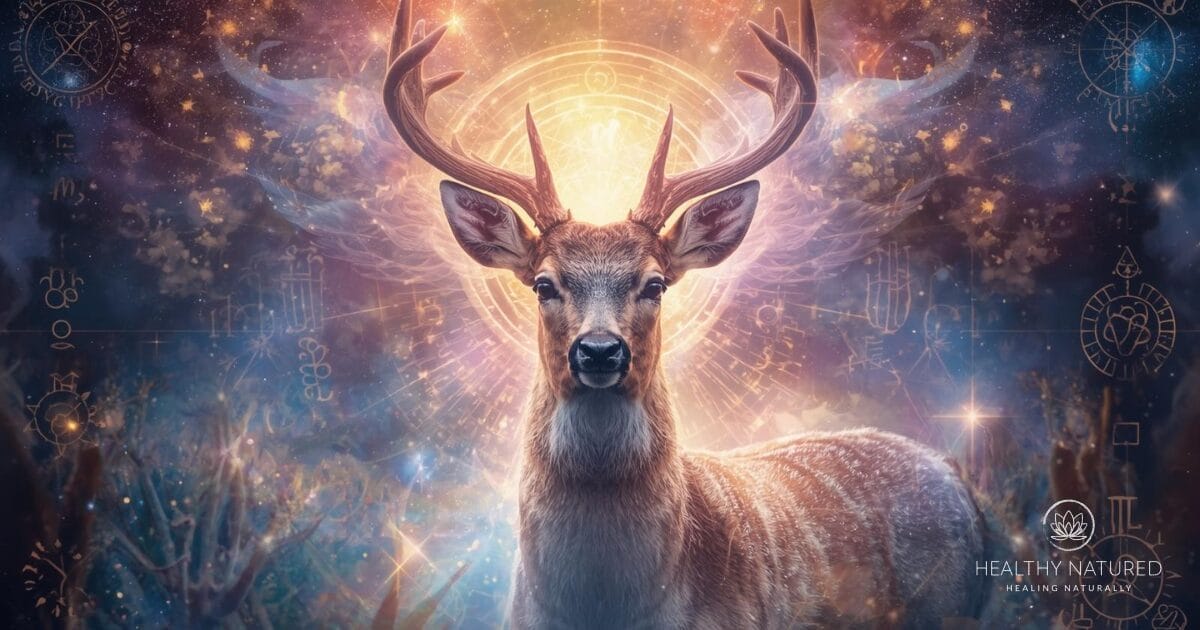
Apply Spiritual Animal Wisdom to Daily Life
Incorporating the teachings and presence of your spirit animal into everyday life deepens your spiritual connection and nurtures a harmonious bond with the natural world. A tangible way to honor your animal is through symbolic jewelry, artwork, or totem objects—wearing a pendant shaped like your spirit animal, displaying paintings, or setting up a small figurine in your workspace can serve as a daily reminder of their message and qualities.
Articulating affirmations inspired by your animal guide enriches self-awareness and intention. For example, if the owl is your animal teacher, daily affirmations might include “I trust my intuition” or “I embrace wisdom in every decision.”
Your environment can also reflect this sacred relationship. Consider integrating natural motifs or colors associated with your animal into your home, or play gentle sounds of the animal’s habitat to reinforce your connection.
For those drawn to divination or self-discovery tools, spirit animal oracle cards offer an interactive way to receive ongoing guidance. Drawing one card is a straightforward daily practice to highlight a key animal energy or message. For deeper exploration, the two card spread can clarify challenges and support, while three card layouts reveal past influences, present energies, and future guidance—all through animal symbolism.
By weaving animal spirit wisdom into art, rituals, and daily awareness, you create a lasting, empowering spiritual presence that nurtures both the mind and soul. Embracing your spirit animal’s guidance becomes a source of inspiration, resilience, and growth—reminding you of the interconnectedness and magic within the animal kingdom and your own human journey.
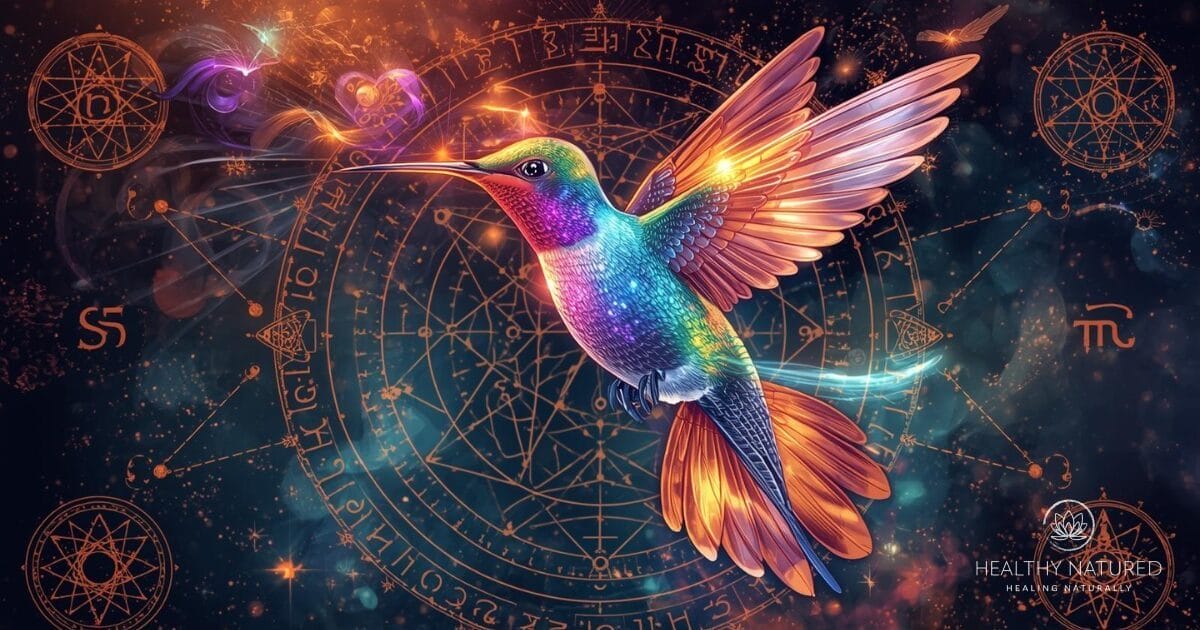
Recognize the Benefits of Spiritual Animal Connection
When you form a bond with your spirit animal, you tap into a wellspring of wisdom, courage, and inspiration that supports personal transformation.
Many people experience increased self-confidence and resilience as they learn to draw on the strengths of their animal spirit guide—much like channeling the fierce independence of a wolf or the calm clarity of an owl.
This connection often brings a powerful sense of protection and guidance in daily life. For example, someone identifying with the butterfly as a totem animal may find hope during challenging transitions, feeling reassured by its symbol of metamorphosis.
Working with animal spirits can significantly boost your growth and wellbeing, encouraging self-reflection, mindfulness, and emotional healing. Spiritual animal practices—like meditation or creative visualization—are known to enhance empathy, allowing you to become more empathetic towards others and deepen your understanding of your own feelings.
Some individuals also notice a rise in personal confidence as the strengths of their chosen animal become integrated with their identity. This might translate into speaking up in group settings, making authentic choices, or taking healthy risks to pursue their goals.
On a subtler level, maintaining a relationship with your animal teacher can bring greater harmony and a sense of peace to your heart and mind. Many report feeling grounded and supported, as if being held by a wise companion who helps them navigate real life challenges with grace.
The benefit of asking “What is my spiritual animal?” is that it allows you to build connections, and these are not just mystical—they foster real growth, healing, and inspiration, lighting the way for your ongoing spiritual journey.
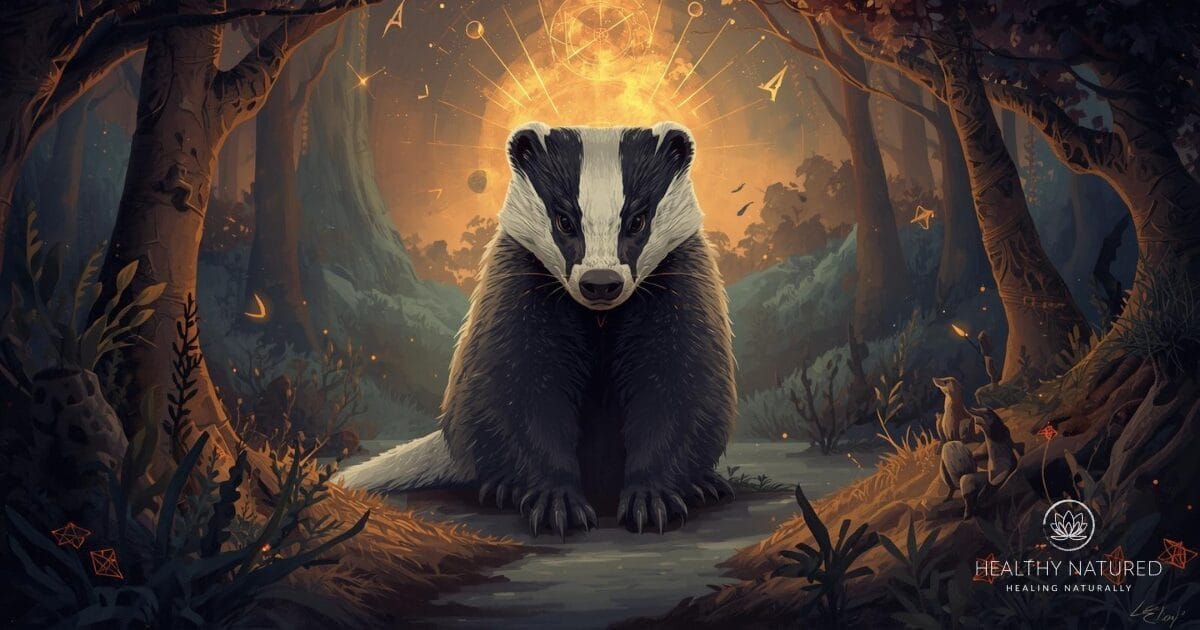
Address Myths and Misconceptions About Spiritual Animals
Despite their growing popularity, spirit animals are often misunderstood, leading to confusion or unrealistic expectations. One pervasive myth is that everyone is “assigned” a single, permanent animal spirit at birth or that their animal guide never changes. In truth, animal guides are highly dynamic—certain animals may appear at different phases of your life, reflecting your evolving challenges, mindset, and spiritual lessons.
Another common misunderstanding is believing that spirit animals only embody positive traits or are always benevolent beings. However, every animal in the animal kingdom, from predators like the shark to quiet, mysterious bats, carries both light and shadow qualities. A snake, for example, might symbolize rebirth and healing, but also warn against deceit or the need to shed old patterns.
Some people mistake spiritual animal work as merely symbolic or a fantasy with no real spiritual connection or depth. Yet, for many—including shamans and indigenous folks—animal spirits are considered powerful guides and a genuine source of guidance and energy in both ritual and everyday life.
It’s also a misconception that animal spirits must be exotic, “wild animals,” or fantasy creatures like unicorns to hold meaning. Beloved pets, familiar animals, or even the humble silkie chicken can be profound spiritual teachers on your path.
Approaching this practice with an open mind and respect ensures a more authentic and meaningful relationship. Recognizing spiritual animal work as a personal, sometimes subtle way of connecting with the wisdom, power, and presence of the animal world allows for rich, individualized exploration—without forcing rigid rules, cultural stereotypes, or limited definitions.
Cultivating this nuanced understanding honors the diversity of animal spirits, human experiences, and the evolving, living nature of spiritual guidance.
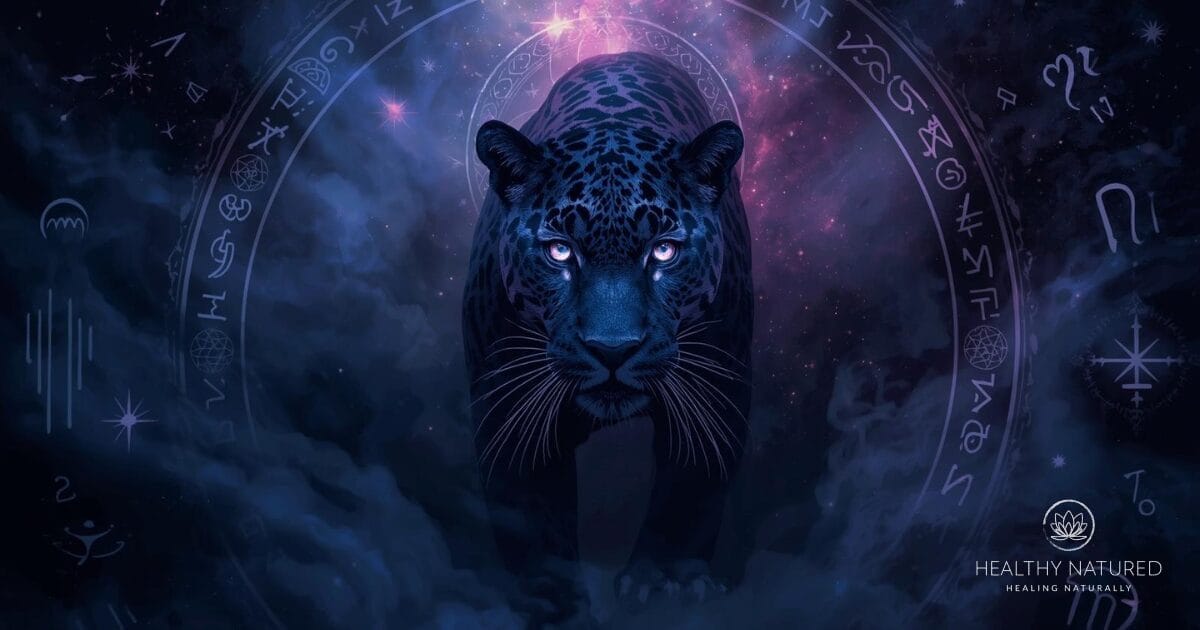
Animals Appearing In Dreams and Visions
Animal guides often make their presence known through dreams and visions. These encounters can provide valuable insights and guidance. Here are some common ways animal guides appear in dreams and visions:
Direct encounters: In some dreams or visions, animal guides may appear directly to individuals, communicating messages or offering guidance. These encounters can be vivid and profound, leaving a lasting impression on the dreamer.
Symbolic representations: Sometimes, animal guides may appear in dreams or visions as symbols or metaphors. For example, a dream of a butterfly may symbolize transformation, while a vision of a snake may represent healing and renewal. Pay attention to the feelings and emotions associated with these symbols as they can provide additional insights.
Animal behavior: Pay attention to the behavior of animals in your dreams or visions. For example, if a lion is showing courage and strength, it may indicate the need for you to embody these qualities in your waking life. Similarly, if a bird is soaring freely, it may represent a desire for liberation or a message to rise above challenges.
Dreams and visions offer a direct line of communication with our animal. Keeping a dream journal and reflecting on the messages and symbols can help us unlock the wisdom they have to offer.
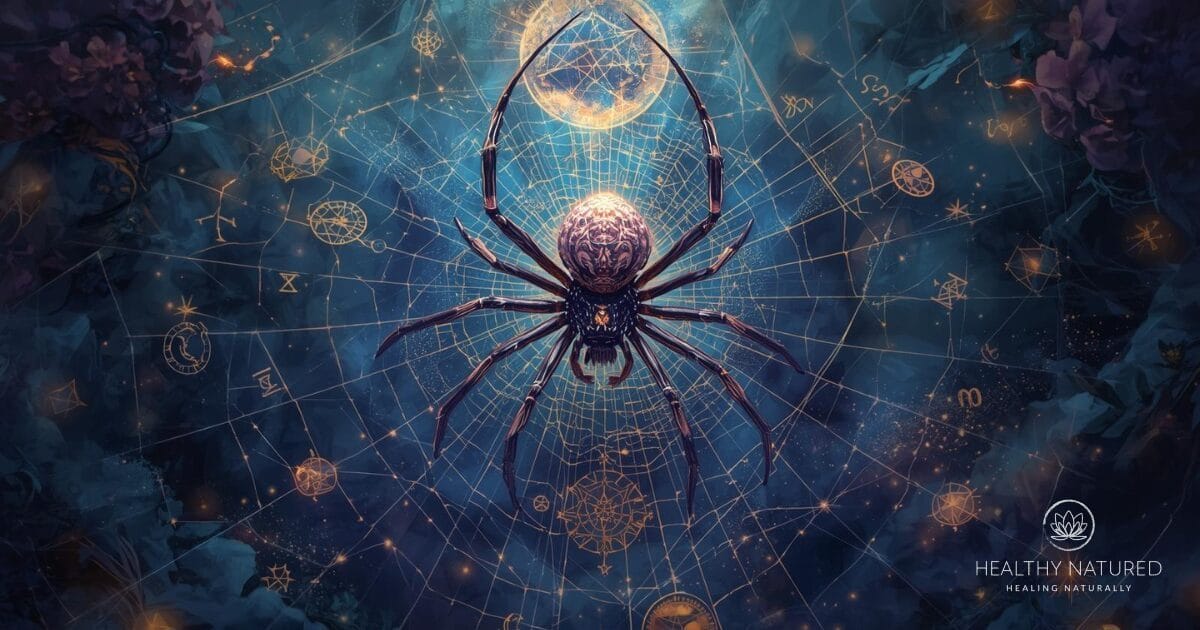
Conclusion
When you ask “what is my spiritual animal?” you open a doorway to deeper self-awareness and connection with the natural world. By exploring diverse traditions and honoring cultural contexts, you can discover meaningful symbols that resonate on a personal level.
Genuine connection with your spiritual animal often unfolds through mindful practices, intuition, and self-reflection rather than quick answers. Applying this wisdom to daily life can foster healing, insight, and a greater sense of purpose.
As you continue your journey, remain respectful of the origins of spiritual animal teachings. Embrace the opportunity for growth and let these animal guides inspire transformation, empathy, and confidence within you.












































